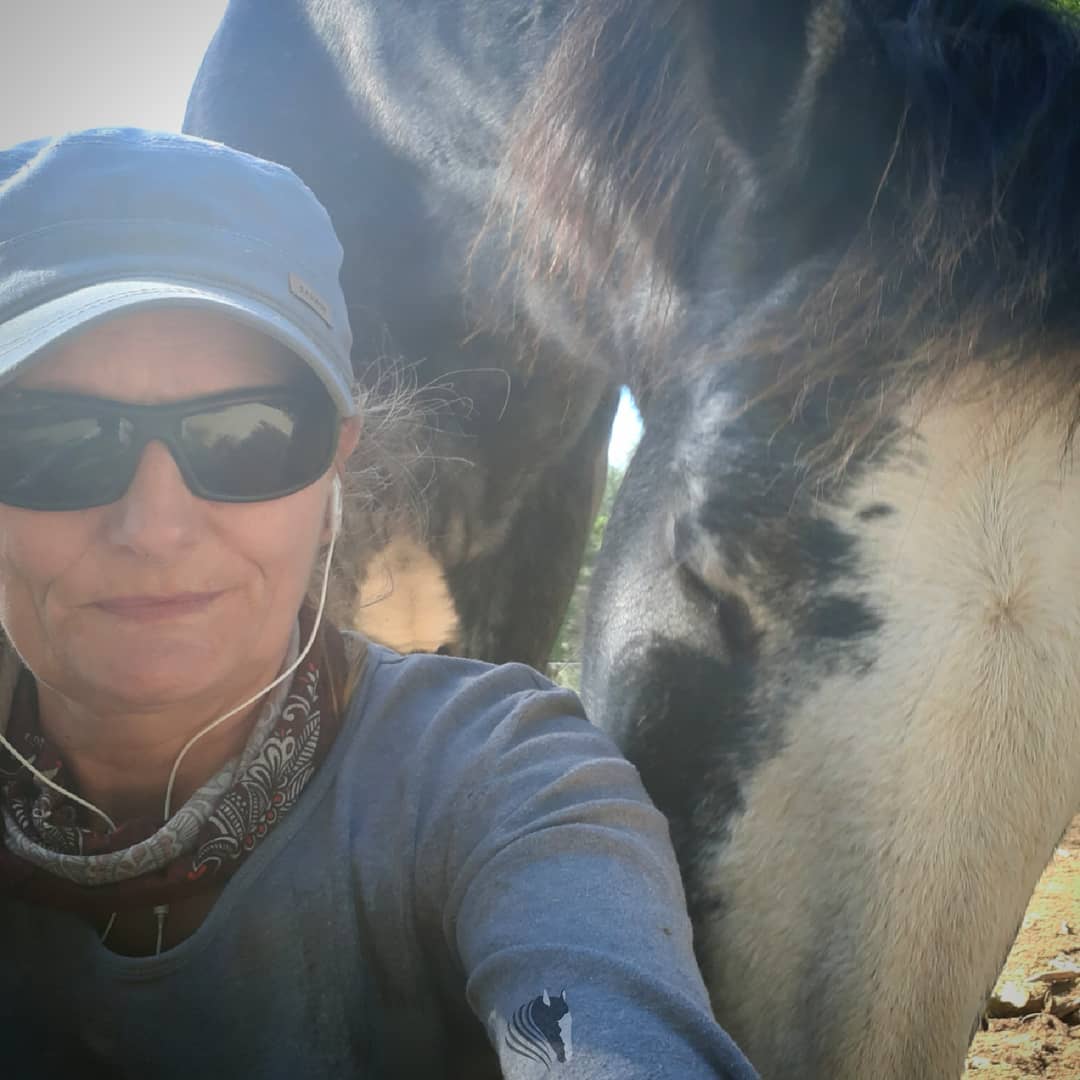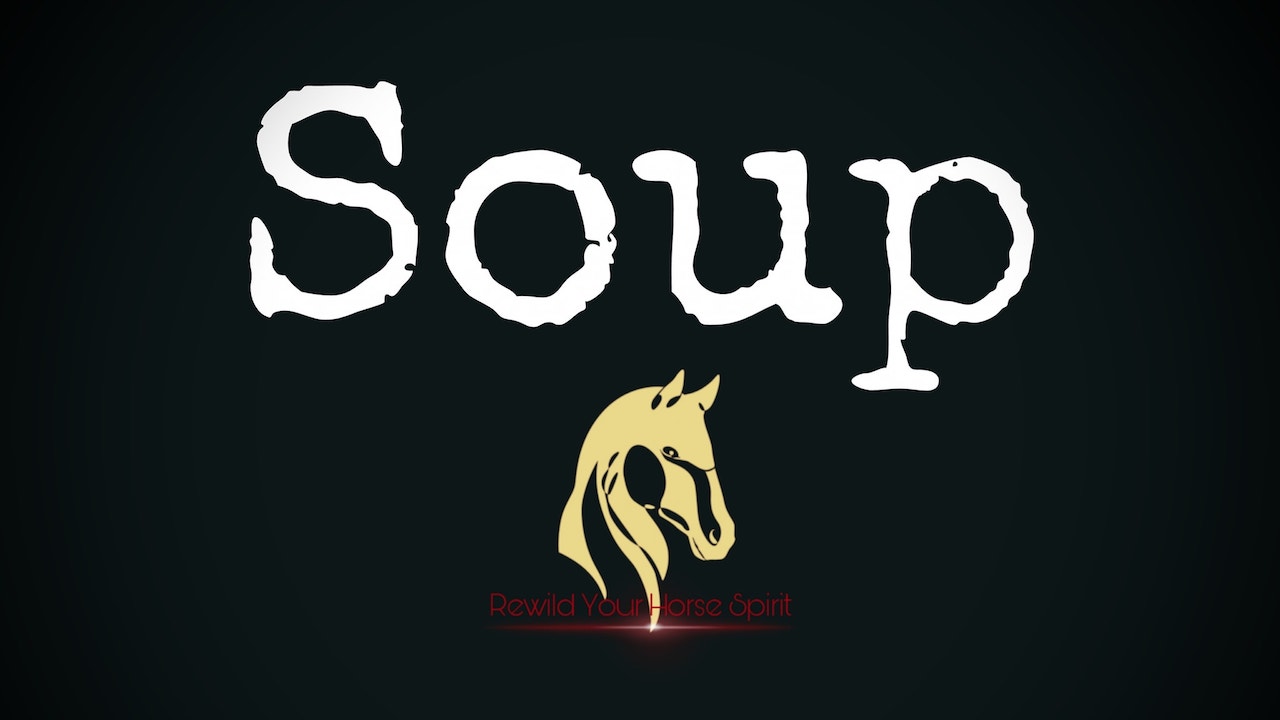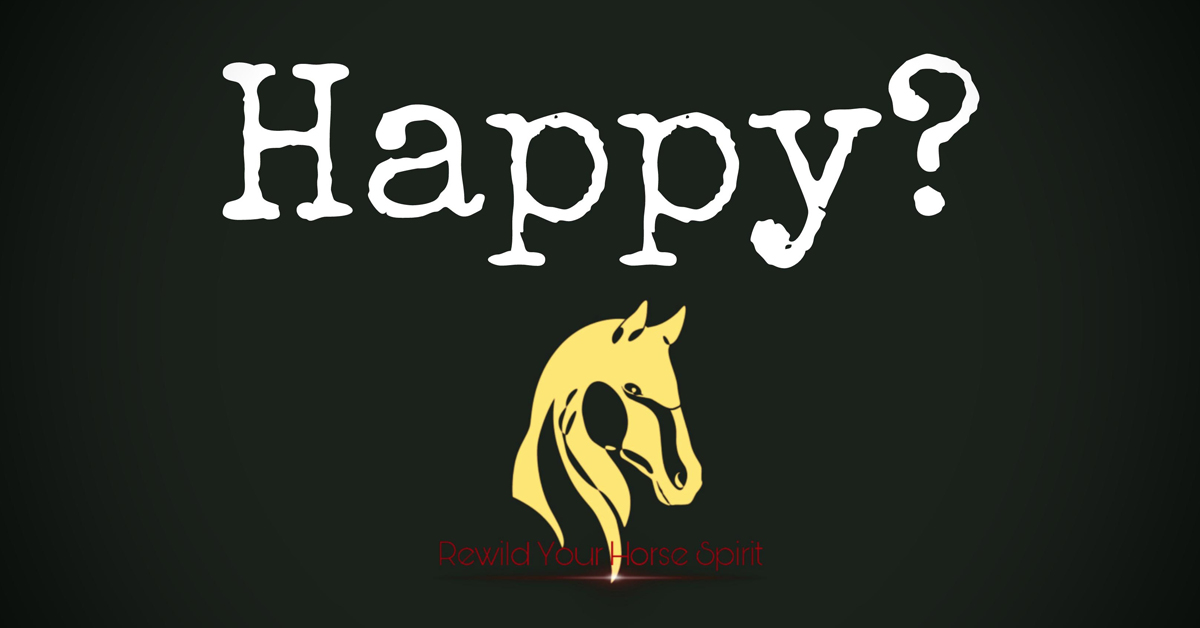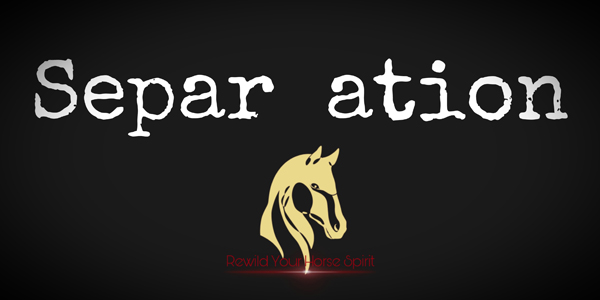??⤵️
I just want to talk a little bit about when a horse is rearing. I know that it can look really intimidating and quite scary. They are big animals to begin with, even more so when they stand on their 2 hind legs. I think a lot of people mistake this reaction for aggression and they tend to back out of the situation, which is totally understandable. However, I just want you to think about what you actually see.
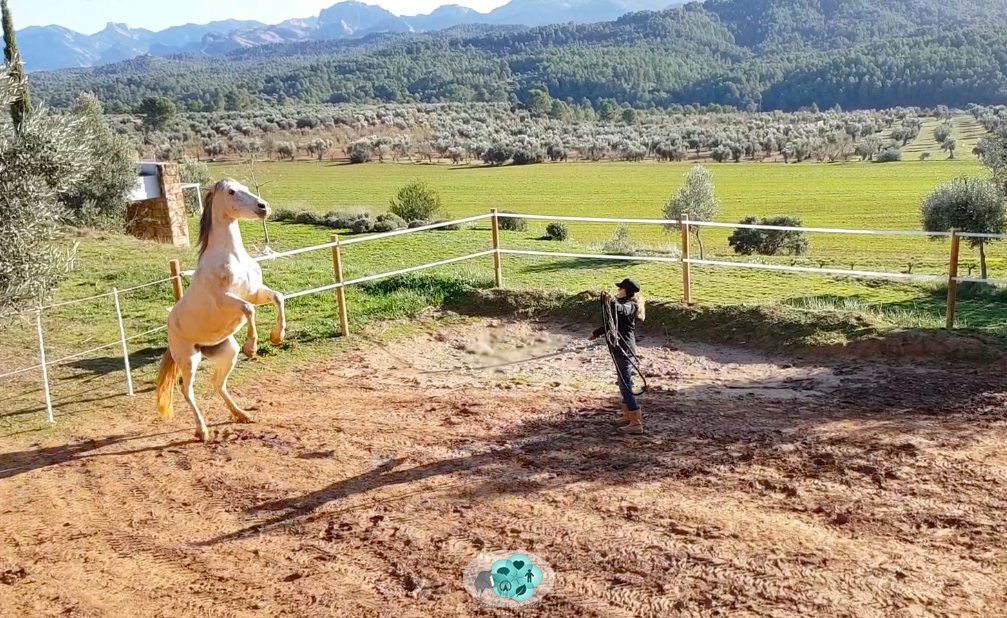
If you understand rearing can be caused by a blocked mind not connecting to the feet, you are unlikely to be so intimidated. In other words, unless you move closer you’re not in any more danger than you would be if stood with a horse that is “planted” to the spot. If the front feet are tucked and you see no energy building in the hind it means that they are just stood still on two feet instead of four feet. When they come down they are going to drop down in the same place they went up. *
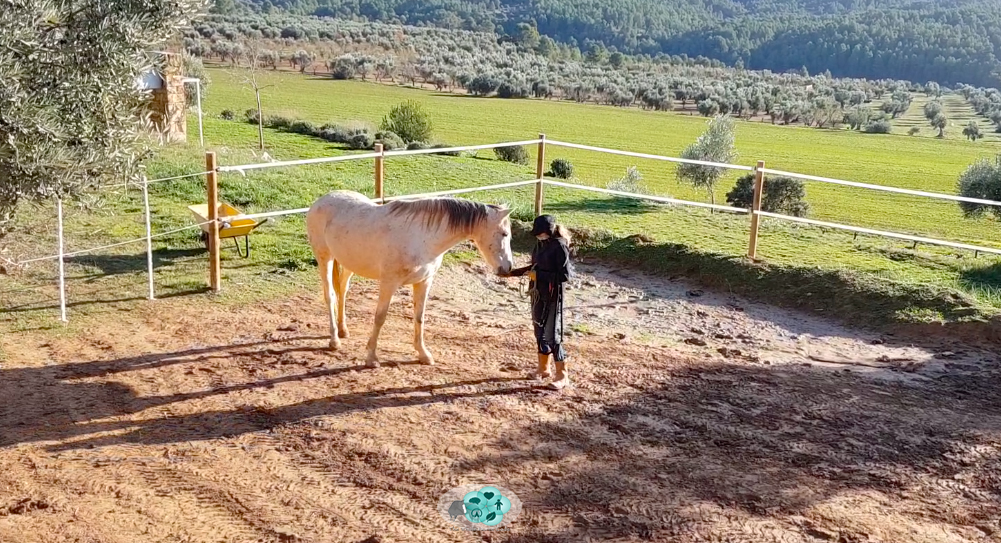
The key to a horse that “bounces” is to understand the valuable information they are giving you. Create an environment of understanding and reduce the stress, unblock the mind and body and get forward movement. If they are moving forward they are not rearing. Do not start “getting big” as this will get them thinking backwards. This will push them off balance and the down will be unpredictable.
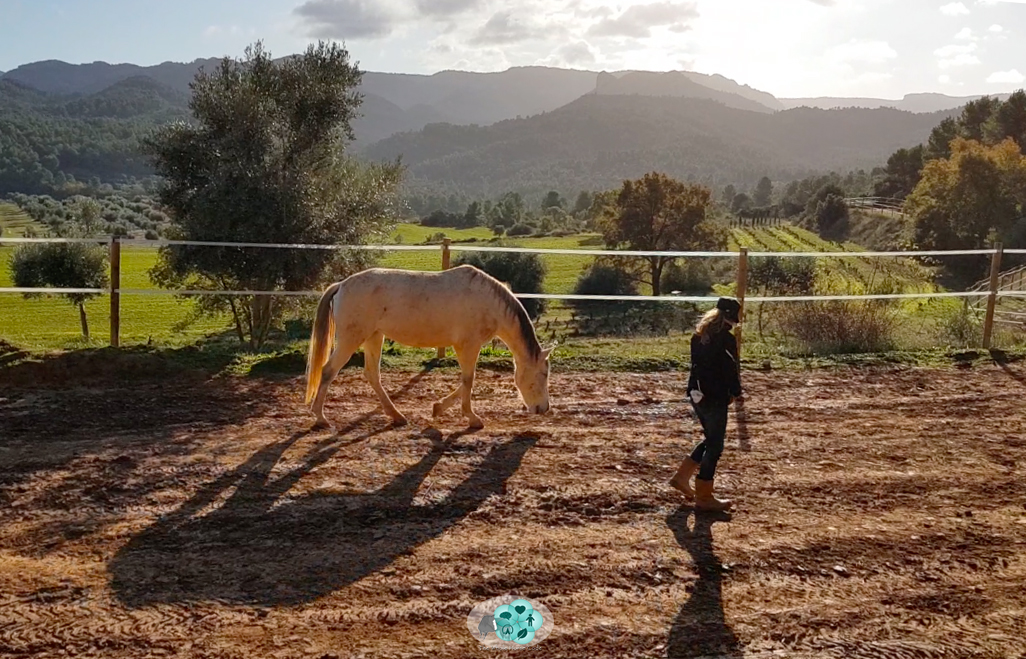
Remember that although it is a natural instinct to back away from a rearing horse, if you do so you are telling them either it is what you want, by removing the pressure, or that if they do that they can move you away and the pressure is released. Either way you get the same result; an unwanted behaviour becoming a habit.
As you inadvertently teach the unwanted behaviour (rearing = pressure release) you then correct it. In this case as it is a behaviour perceived as aggressive the correction is usually matched with what you believe to be equal force. As they are receiving a disproportionate response the horse becomes confused. That is when the rear can move from a blocked mind and body to a more aggressive (fight) action.
* It is important to read the difference between a blocked mind that cannot connect to the feet and a horse that is striking.
Thanks for listening.
“Connect with their MINDS and their Bodies will Follow”
The Whole Horse Code
Other Stuff
Another blog post that you may find helpful, Playful Protest Leads to Learning
Don’t forget to subscribe to our Windchaser Ranch YouTube channel. The video Don’t React to the Reaction may also be of interest.
Y ahora… ??
Solo quiero hablar un poco sobre cuando un caballo se levanta sobre dos patas. Sé que puede parecer realmente intimidante y bastante aterrador. Para empezar, son animales grandes, aún más cuando se paran sobre sus 2 patas traseras. Creo que mucha gente confunde esta reacción con la agresión y tienden a retirarse de la situación, lo cual es totalmente comprensible. Sin embargo, solo quiero que pienses en lo que realmente ves.
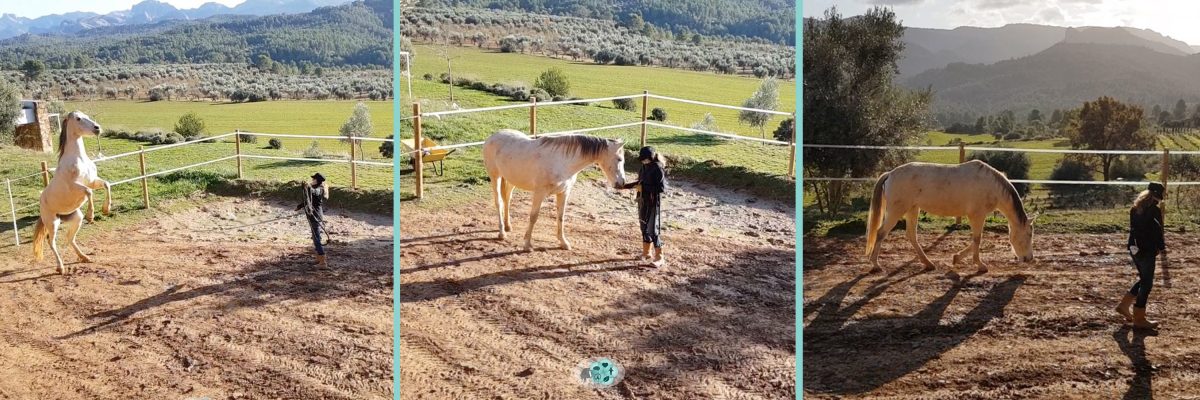
Si comprende que la alza puede ser causada por una mente bloqueada que no se conecta a los pies, es poco probable que se sienta tan intimidado o asustado. En otras palabras, a menos que te acerques a ellos, no corres más peligro de lo que estarías si estuvieras con un caballo que está “plantado” en el lugar. Si las patas delanteras están dobladas y no ves que se acumule energía en las traseras, significa que simplemente están paradas en dos pies en lugar de cuatro patas, y cuando bajen, se caerán en el mismo lugar donde subieron. *
La clave para un caballo que “rebota” es comprender la valiosa información que le están dando. Cree un ambiente de comprensión y reduzca el estrés, desbloquee la mente y el cuerpo y avance. Si están avanzando, no están levantando. No comience a “hacerse grande” ya que esto los hará pensar al revés. Esto los hará perder el equilibrio y la caída será impredecible.
Recuerde que aunque es un instinto natural alejarse de un caballo que se levanta, si lo hace, les está diciendo que es lo que quiere, quitando la presión, o que si lo hacen, pueden alejarlo y Se libera la presión. De cualquier manera obtienes el mismo resultado; un comportamiento no deseado que se convierte en un hábito.
A medida que, sin darse cuenta, enseña el comportamiento no deseado, lo corrige y, en este caso, como es un comportamiento percibido como agresivo, la corrección generalmente se corresponde con lo que cree que es la misma fuerza. A medida que reciben una respuesta desproporcionada, el caballo se confunde y es entonces cuando la alza puede pasar de una mente y un cuerpo bloqueados a una acción más agresiva (lucha).
*Sin embargo, es importante leer la diferencia entre una mente bloqueada que no puede conectarse a los pies y un caballo que golpea con sus pies.
Gracias por su atención.
“Conéctate con sus MENTES y sus cuerpos seguirán”
The Whole Horse Code


